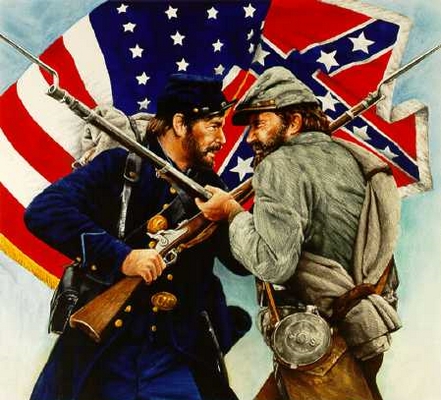
LAD 20: Emancipation proclamation
January
1, 1863
On
September 22, 1862 I issued a proclamation that contained the following: On
January 1, 1863, all persons held as slaves in any State or part of a State
that was in rebellion against the United States shall be then and forever
free. The United States Government and military will recognize and
maintain that freedom.
The
following States are this day in rebellion:
Arkansas,
Texas, Louisiana (with exceptions), Mississippi, Alabama, Florida, Georgia,
South Carolina, North Carolina, Virginia (with exceptions)
I
do order and declare that all persons held as slaves within said designated
States and parts of States are, and henceforward shall be free.
I
ask the people declared to be free to abstain from violence and recommend that
they labor faithfully for reasonable wages. Also, such persons of
suitable condition can join the military.
I
believe this to be an act of justice, and ask for the considerate judgement of
mankind and the gracious favor of Almighty God.
 Photo2: still in the 20th century African Americans faced discrimination, and people like Martin Luther King Jr. fought for those rights.
Photo2: still in the 20th century African Americans faced discrimination, and people like Martin Luther King Jr. fought for those rights. 
